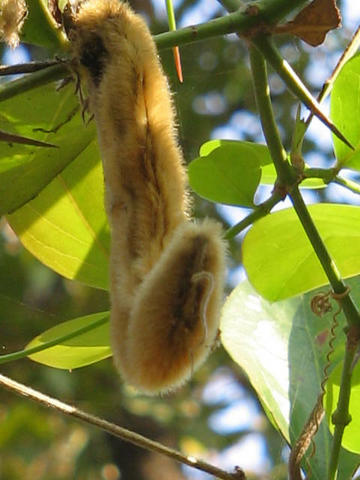 |
| Bufotenine: Zombie Poison |
With 'bath salts' in the news these days, there is suddenly a lot of interest in zombification. If you recall, in part 1 of the
Zombie Protocol, I described the role of tetrodotoxin in the creation of Haitian zombies. There are, however, other ingredients in the zombie poison that have significant pharmacological activity. Besides related TTX toxins from other species of fish, there can also be poisons from frogs, reptiles, and spiders. The poison from the frog, Bufo marinus, is of particular interest as it contains bufotenine (5-hydroxy-N,N-dimethyltriptamine, or 5-OH-DMT). Bufotenine is an alkaloid related to DMT and 5-MeO-DMT, as well as psilocin (one of the psychedelic molecules found in mushrooms). It is also related to serotonin, a well-known neurotransmitter.
 |
| Serotonin: Important neurotransmitter |
Therefore, it seems very plausible that bufotenine is present in the zombie powder to enhance the effect of the tetrodotoxin. Remember from my last post that TTX is present at sub-lethal doses (in some studies, the amount of TTX is very low -- see Benedek and Rivier, Toxicon 27:473-480, 1989), so other components of the powder could be necessary to boost the effect of the mixture without killing the victim. Psychoactive substances would also be very effective since the victim is likely to be conscious while under the influence of TTX. I mentioned the Poe-like experience of being buried alive without any way to move or scream... now imagine that happening while having horrible hallucinations! You talk about a bad trip!!
 |
| Seed pods from Mucuna pruriens (Wikapedia) |
Plants known to be irritants were also added to some of the zombie powders. In Wade's paper (
abstract), he lists Urera baccifera, Dalechampia scandens, and Mucuna pruriens as some of the more common plants. These plants all have irritating hairs or needles that cause contact dermatitis. In the case of M. pruriens, the hairs on the seed pods contain (interestingly enough) serotonin. Why would irritants be important to a zombie poison? Personally, I think this is one of the ingenious parts of the protocol... the irritants are there for delivery. To pull off the zombification, a voodoo priest would have to administer this part of the poison without the victim's knowledge. Poisoning food or using darts are quite tricky, but what about a chance encounter on the busy streets of Port-au-Prince? You have the drug cocktail smeared on the end of a walking stick, or some other convenient device. Following your target through the busy streets, you wait until you have a good opportunity. He's distracted by a street vendor, so you bring the stick high and as you pass behind him, you gently poke him in the back of the neck. He may not even notice but after you have left, he feels a burning sensation and scratches it. The itching and burning intensifies until he scratches it raw. The drugs are now able to enter the blood and begin the process of poisoning the victim. He won't remember the chance encounter, but you know he will be at the hospital soon, and at the morgue not too long after that.
I know I promised zombie cucumbers in Part 2... but they will show up in Part 3, I promise.





